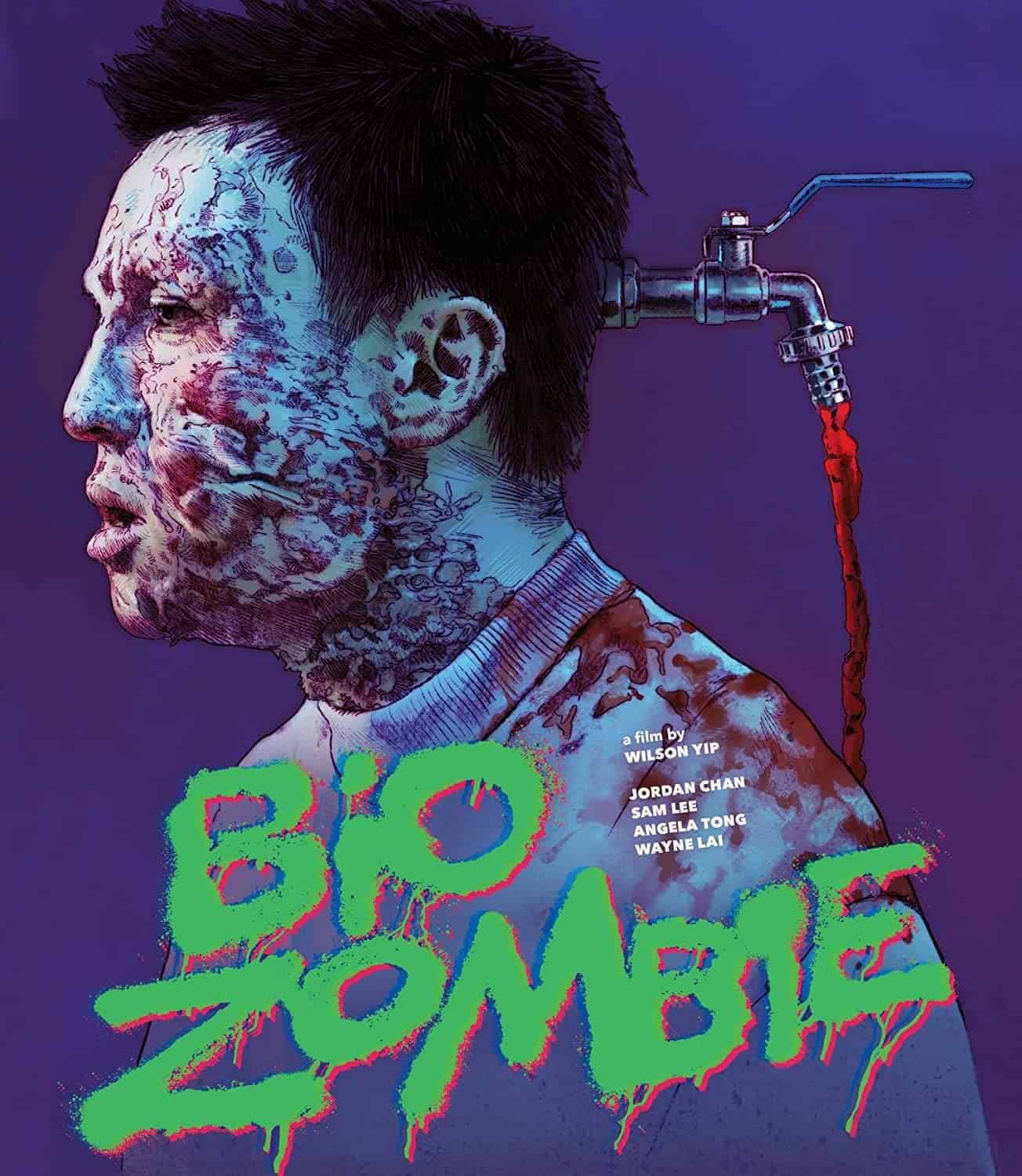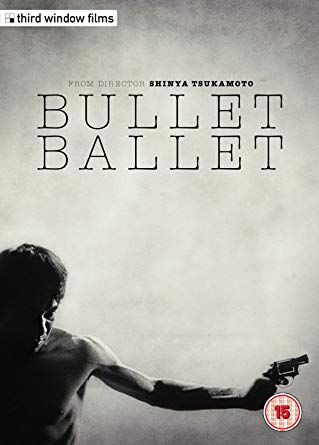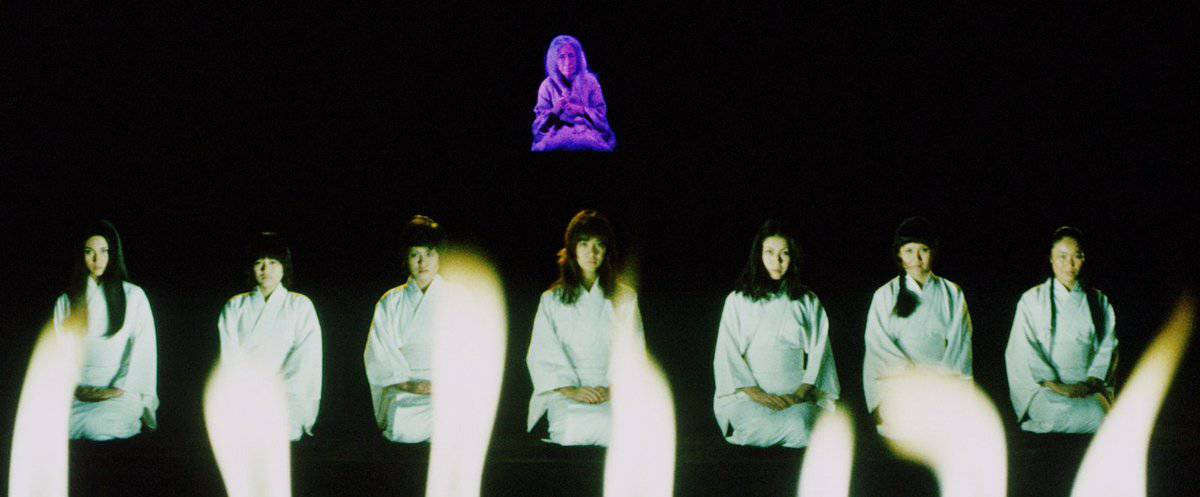The whole world lost its mind at the turn-of-the-millennium, and it could be argued that sanity never returned. The dawn of the new century was a dark time, with fears over the dominance of tech creating mass hysteria (that now doesn't seem so hysterical). Despite this real-world panic, the years surrounding 2000 also happened to see a golden age in Asian cinema. It may not be an even tradeoff all things considered, but at least we had auteurs like Johnnie To, Park Chan-Wook, Takashi Miike, and Takeshi Kitano setting the tone for what 21st Century filmmaking could look like. The cyberpunk obsession of the time, reflected most potently in the Hong-Kong-and-anime-inspired “The Matrix”, also led to surge of interest in Woo-style kinetics and Asian sci-fi classics like “Akira” and “Ghost in the Shell”.
Now, more than two decades removed from the era's insanity, Y2K nostalgia has reached a fever pitch. Twenty-aughts fashion trends and early-internet aesthetics are all the rage, and this throwback obsession is intimately linked with East Asian culture (here was even a recent streetwear collaboration between Wong Kar Wai and Marc Jacobs!). This is why there's never been a better time to revisit the Asian films that will take you back to the time of frosted tips and computerized anxiety.
1. Bio Zombie (Wilson Yip, 1998)
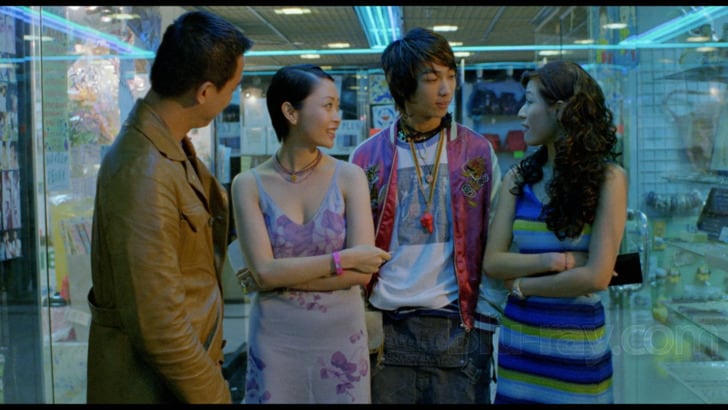
If you want to take a trip to the very late-90s purely for the glitzy consumerism and end-of-the-world hangout vibes, “Bio Zombie” is the film for you. Wilson Yip may be best known for his polished “Ip Man” films, but he started out as an ambitious young filmmaker trying his hand at Raimi/Jackson-esque horror comedy. Like all great up-and-comers, Yip tried to fit in as many of his obsessions as possible. That's why the film is a slice-of-life look at youthful mallrat boredom as much as it is a zombie story. The creature effects are hilariously bad, and it's never really scary, but it's chock full of neon materialism and old school style. There's even a hint of the melancholy that defined so much art of the time, which brings us to…
2. Bullet Ballet (Shinya Tsukamoto, 1998)
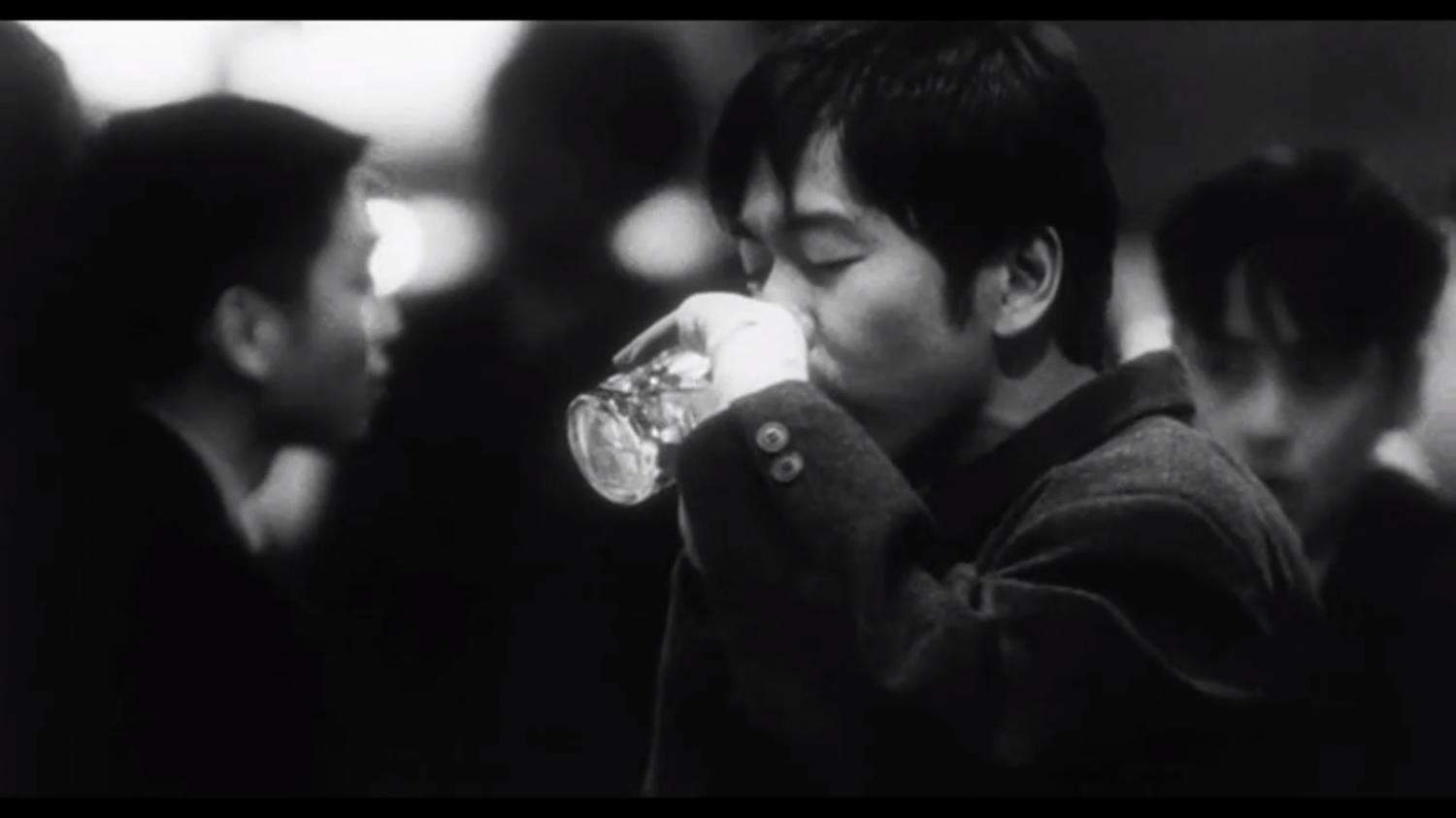
In a sense, Shinya Tsukamoto has been riffing on the same core idea since his early days of short films. As a filmmaker obsessed with modern man's masochistic relationship to the increasingly metallic world he has created, he was uniquely qualified to create Y2K art. “Bullet Ballet,” his black-and-white crime drama about (who would have guessed!) violent self-destruction, may not have the same neon-drenched appeal of something like “Bio Zombie,” but it hauntingly captures very era-appropriate feelings of powerlessness in a world growing faster than we could ever keep up with. Plus, the disaffected youths who violently rage against their surroundings look will look suitably cool to anyone who can't get enough of the bored Gen X look.
3. JSA (Park Chan-Wook, 2000)

Many artists liked to depict the then-upcoming millennium as a dystopian technoscape, but the truth is that the baggage of the 20th-century was bound to stick around long after the ball dropped. “JSA,” arguably another of Park Chan-Wook's masterpiece, is a movie about a conflict that originated decades before anyone had dreamt up the idea of “Y2K.” The narrative revolves around a North Korean soldier and a South Korean soldier who form an unlikely bond that challenges the official narratives of their fractured nations. True to form, Park revels in the emotional extremes; as he shows audiences what a new age of borderless connection could look like, he makes sure that the ghosts of the past are never far behind.
4. Dead or Alive 2: Birds (Takashi Miike, 2000)
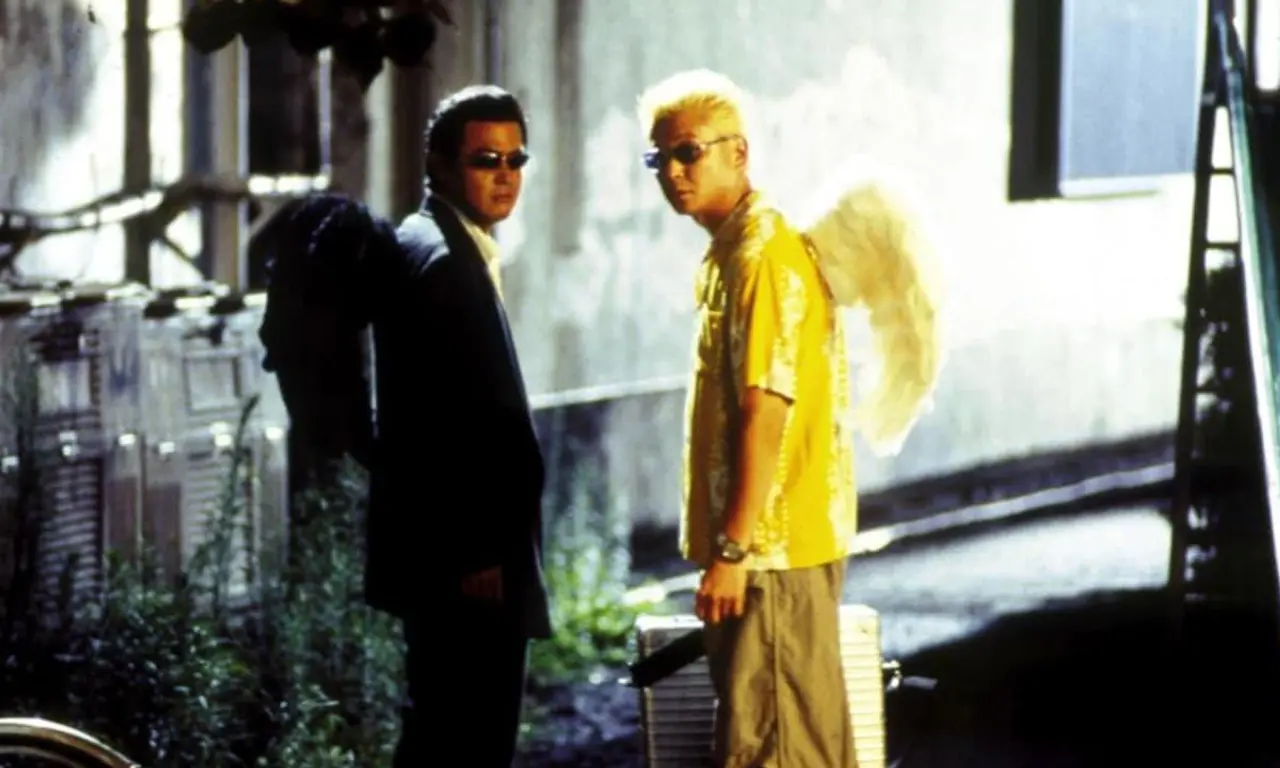
Some Y2K films are optimistic and filled with style. Others are moody and dystopian. “Birds” happens to be all of this and more, which makes it the perfect unlikely entry point into Takashi Miike's impossibly dense filmography. A tender gangster drama that doubles as an apocalyptic action film, it's a perfect distillation of everything he's capable of as a storyteller.
Sho Aikawa's dyed blonde hair isn't the only thing that makes it a worthy addition to this list. It's also an unexpectedly powerful look at the end of a millennium defined by conflict. Just as “JSA” slows down time to indulge in the childlike bond between its characters, “Birds” gives its heroes room to breathe as they explore their long lost innocence. Sure, the violence of their past will soon catch up with them, and the world itself just might end soon (what's the deal with that blazing comet?), but it's nice to imagine a gentler future. The third and final “Dead or Alive” (appropriately called “Final”) is the one that deals literally with androids and dystopian ennui, but the second entry is what it's really all about.
5. Pulse (Kiyoshi Kurosawa, 2001)
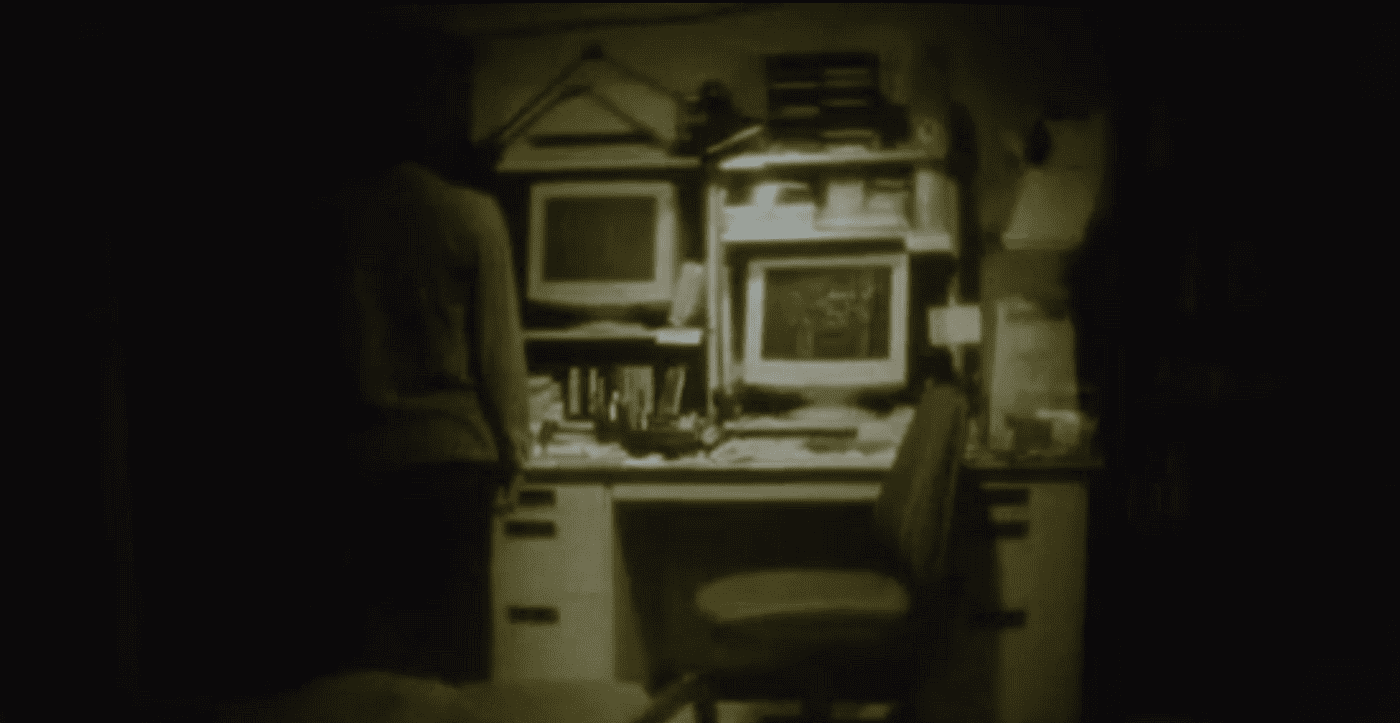
If the past twenty-three years have been defined by anything, it's the electronic screen. Monitors and cellphones and TV displays are so widespread that it's easy to forget just how cold and scary they can be. Even now, “Pulse” is a film that forces you to remember. It's a more frightening commentary than “Videodrome” or any modern internet found footage release, and there's still something deeply primal and unsettling about Kurosawa's vision of an extinction event driven by LCD pixels and internet links.
It's also a fun time capsule for those desensitized enough to find the beauty in its nightmarish imagery. The young adult heroes couldn't be more 2001 if they tried, and scenes of characters surfing the web in their public library are beautifully dated. There are few movies that take viewers into such a specific time-and-place.
Like all the films on this list, “Pulse” is, at its core, about people trying to connect with each other as time hurdles them faster and faster towards a strange new world. The tech itself may be dated and fun to look back at, but it's sobering to realize how much closer we are to the unknowable future that Kurosawa and his peers were predicting.



